Your search 'lefranc oil size' did not match any products.
Showing results using some of your search terms 'lefranc oil size'
Search results for 'oil size'
-
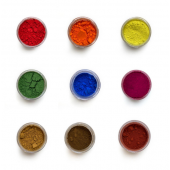
Small, 15ml Pigment sizes
Starting at: £4.00
-
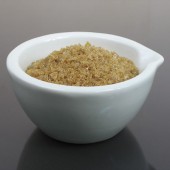
Rabbit Skin Glue
Starting at: £13.00
-
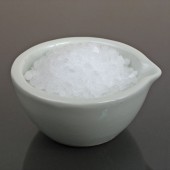
Paraffin Wax
Starting at: £6.60
-
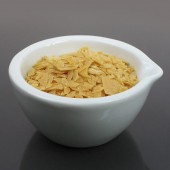
Carnauba Wax Yellow
Starting at: £6.50
-
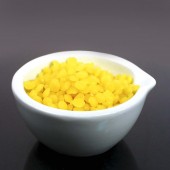
Natural Beeswax
Starting at: £11.20
-
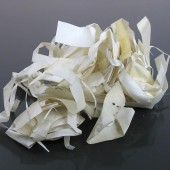
Parchment Clippings
Starting at: £9.90
-
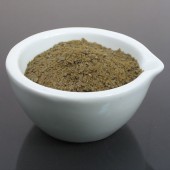
Carnauba Wax Grey
Starting at: £8.40
-
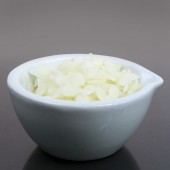
Bleached Beeswax
Starting at: £12.30
-
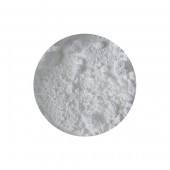
Zinc White Pigment
Starting at: £4.00
-
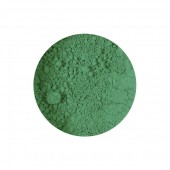
Viridian Green Pigment
Starting at: £6.30
-
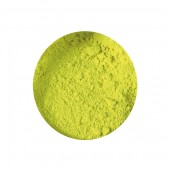
Cadmium Yellow Lemon Pigment
Starting at: £4.50
-
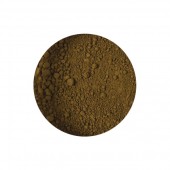
Raw Umber Pigment
Starting at: £4.00
-
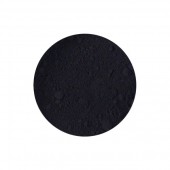
Spinel Black Pigment
Starting at: £8.00
-
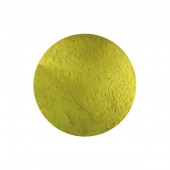
Lead Tin Yellow Light Pigment
Starting at: £4.80
-
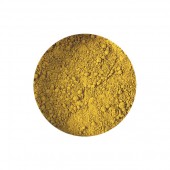
Raw Sienna Pigment
Starting at: £4.00
-
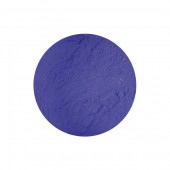
Smalt Dark Pigment
Starting at: £5.30
-
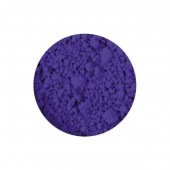
Ultramarine Blue Dark Pigment
Starting at: £4.00
-
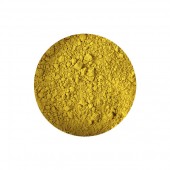
Yellow Ochre Pigment
Starting at: £4.00
-
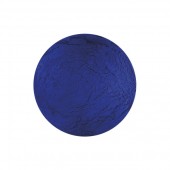
Blue Verditer Pigment
Starting at: £7.50
-
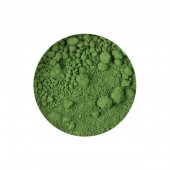
Chromium Oxide Pigment
Starting at: £4.50
-
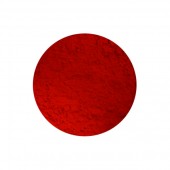
Cinnabar Pigment
Starting at: £16.00
-
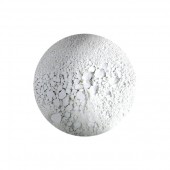
Titanium White Pigment
Starting at: £4.00
-
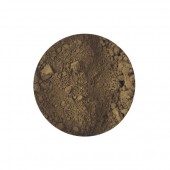
Burnt Umber Pigment
Starting at: £4.00
-
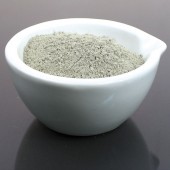
Fullers Earth
Starting at: £6.30
-
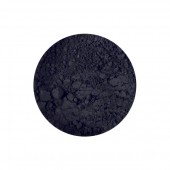
Ivory Black Pigment
Starting at: £4.50
-
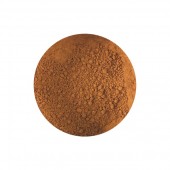
Burnt Sienna Pigment
Starting at: £4.00
-
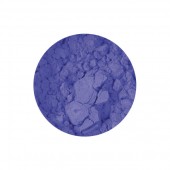
Smalt Light Pigment
Starting at: £5.20
-
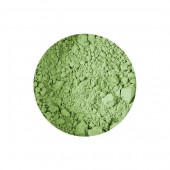
Terre Verte Pigment
Starting at: £4.00
-
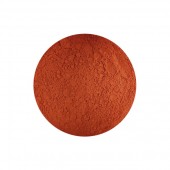
Vermilion Genuine Pigment
Starting at: £17.00



